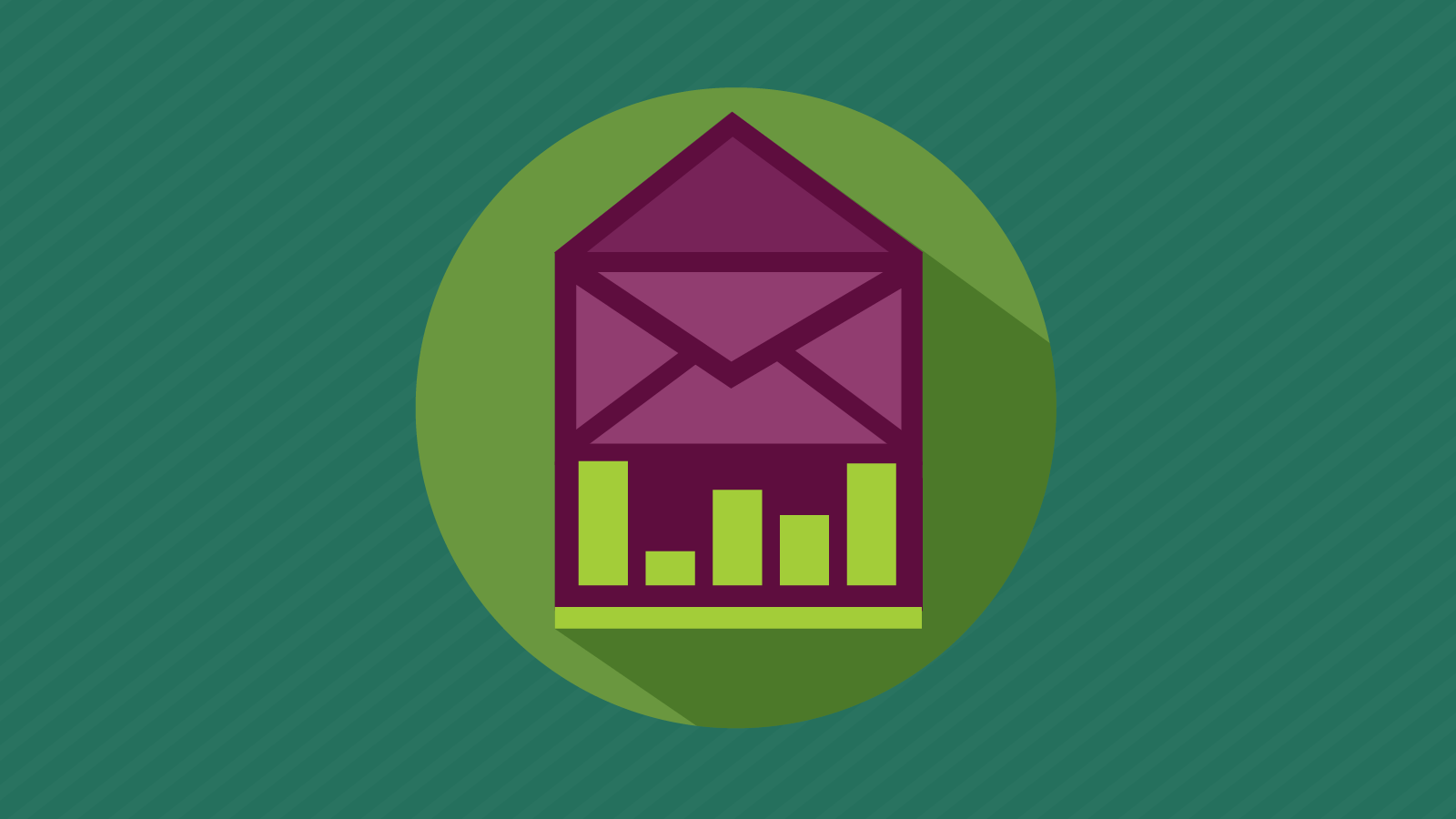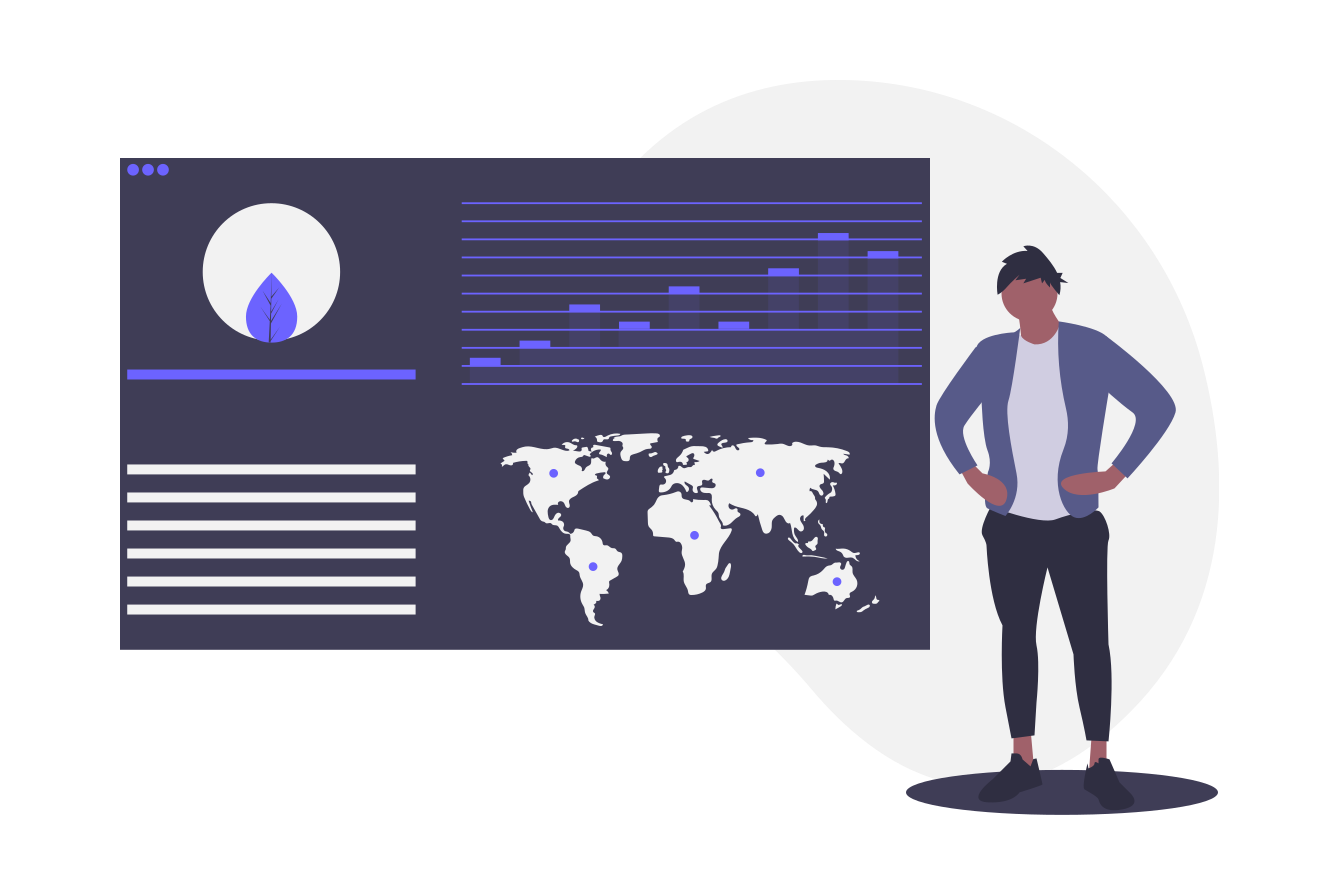Email Marketing
Email Marketing Data: The Foundation for an Optimized Strategy

Email Marketing

It might be a cliché, but there’s truth in the statement, “The money is in the list.” But to paraphrase another cliché, it’s not the size of your email list that matters; it’s what you can do with it.
As marketers, we live and die by the quality of our email marketing data. Unfortunately, too many marketers fixate on the list size. But bigger isn’t always better.
Collecting high-quality email marketing data is a struggle for even the most successful organizations. Email on Acid’s report “Optimizing your email marketing plan” includes a survey of best-in-class marketers. Results show half of the respondents believe that data quality is one of the biggest areas for improvement, making it the most cited option.
That same survey, fielded by Ascend2, found more than 60% of the best-in-class email marketers surveyed plan to increase their email volume significantly in the next 12 months.
Unfortunately, this increase means your subscribers’ already busy inboxes are only going to get even more crowded, and any strategy employing luck rather than insight is increasingly likely to fail. So, how should you be using email marketing data as the foundation for a stronger strategy?
In this article, we’ll go over what makes a successful email marketing campaign, how to work with data in digital marketing, and the key data you need to focus on in an email campaign.
Before diving into how to work with data in an email marketing campaign, let’s look at a few best practices for a successful email campaign.
Whether you’re sending out a welcome email series, email newsletter, or transactional email, keep the following tips in mind:

Every relationship faces its challenges. One of the biggest challenges facing email marketers is working with historical data. These often inherited lists may have been collected via legacy systems and thrown into a collective bucket (or spreadsheet) with very little thought about email marketing best practices. This challenge is reflected by the fact that 35% of email marketers surveyed highlighted integrating email data with other systems as particularly challenging.
Changing regulations, such as GDPR, may have forced many email marketers to re-engage or delete old data. But there’s still plenty of unoptimized data being created and uploaded to email marketing systems in many organizations.
Every piece of unoptimized data represents a threat to your organization in terms of performance and cost. When these threats are reflected in your metrics, it’s time to start thinking about how you can do a better job.
The C-suite loves a big list. However, executives might not realize there’s an inherent risk in a list that prioritizes quantity over quality. When large numbers of subscribers become disengaged, it can negatively impact your deliverability rates and domain reputation. Old data can also find its way into “spam traps” like Spamhaus and contribute to IP addresses and domains becoming blocked.
Nobody wants to throw the baby out with the bathwater, and email marketing data from old contacts isn’t always beyond redemption. Still, it will almost certainly require some TLC to become re-engaged and optimized. It’s also important that you give up those email marketing bad habits and ensure any new data you collect comes primed and ready for action.

It’s time for you to forget the spray-and-pray approach to email marketing and start building more meaningful relationships. It’s much easier to do this if you start thinking about your email marketing lists as people rather than data.
We build relationships in the real world based on shared interests and carefully considered conversations. You wouldn’t “spam” your friends with a random topic in the hope of starting a deep conversation. Instead, you take your time to get to know your friends as individuals and tailor the exchange to your shared interests.
That’s exactly how high-quality email marketing data should be used as a foundation for creating real connections with subscribers. Quality data informs the delivery of more relevant email experiences.
Decrease the amount of spam and abuse complaints you receive by sending out messages your readers actually want to receive.
Below, we’ll talk about how to collect data and how to test it. But before we start, what data points should you be focusing on?
While metrics like bounce rate factor into the delivery of your message itself, here are a few email marketing metrics that give you insight into how your email content performs:

Getting to know your subscribers as individuals is essential to sending the right message to the right person at the right time. While some of this personal information will be collected at the time of their initial engagement, like any other relationship, more detailed and valuable information will be shared as your relationship grows.
Data is never stagnant. Over time, contacts change jobs and switch careers, their lifestyles change, and so do their personal preferences. That’s why you need a reliable Martech stack to provide data that fuels your email strategy. You don’t need to collect every bit of personal info upfront. We all know that can hurt conversion rates. Once you’ve initially collected names and email addresses, everything else should fall into place as long as other platforms (CRMs, CDPs, ESPs, etc.) produce reliable data.
Check out our list of 35 top marketing technology platforms for email automation.
Understanding subscriber behavior and optimizing your strategy based on this information is fairly simple when different platforms and their data integrate and play nicely with one another. The challenge is, that’s not always the case, and email marketers are left trying to piece together a puzzle. That’s why well-connected marketing technology in which there is a “single source of truth” for data is a priceless advantage.
As your relationship grows, email marketing data shows you how and when your subscribers engage with your campaigns. Quality data will enable you to optimize your send times, email design, and campaign strategies based on subscribers’ levels of engagement.

It’s not enough to know your subscribers by name. You need to understand what makes them tick and, more importantly, what makes them click.
For example, data shows you which products or services they are interested in. Their engagement with specific content will help you understand where they’re on the customer journey. Combine this with localized data-driven dynamic email content (weather, stores near your, events, etc.), and your campaigns should become more akin to those laser-focused email sends you’ve been striving to send for years.
Once you know your email marketing subscribers’ preferences and habits, it’s time to really put your relationship to the test. But don’t forget that sometimes relationships come to an end. Be the bigger person and give your readers an easy way to unsubscribe – otherwise, they might mark your content as spam.

For continuous improvements of your email strategy, nothing beats the actionable insights you uncover through regular split testing. It’s the most efficient way to discover which subject lines, designs, offers, content, and CTAs work best – and for which audience.
Split testing helps you optimize your campaign strategy’s success and may also influence further list segmentation. The email marketing data you acquire through testing can be used to highlight specific preferences in campaigns.
Perhaps you have subscribers who prefer receiving short and to-the-point campaigns, while others prefer more extended, in-depth copy. When you know what your subscribers like, why not give them exactly what they want?
Too many marketing organizations adopt an ad-hoc approach toward testing. It’s something they do when they have the time to do it. This approach needs to change. In an ideal world, one would test and optimize every campaign. This strategy might be possible if you only send a limited number of emails each week. Busier email marketing teams will want to factor in a more regular testing period to suit their workload.

We need to stop thinking about email list segmentation as placing subscribers into specifically labeled “buckets” based on demographics. Instead, savvy marketers will interrogate their entire list before every send and assign emails to a campaign based on a threshold relating to relevancy.
This strategy enables us to increase the volume of sends while still optimizing the relevance of our campaigns – essentially doing more with less. This approach also highlights the importance of storing and pulling data from a single source, where you can be assured of its quality and heritage.
Remember that every piece of data represents a cost to your organization. If you don’t know how much it costs to acquire a specific piece of data, you’ll never truly understand your return on investment (ROI). It’s also important to remember that poor-quality data will never deliver a positive return.
Similarly, email list hygiene isn’t a one-way street. Multiple strategies are available to marketers before they finally say goodbye to inactive subscribers.
There are many reasons why subscribers might not engage with your brand. For example, they might be on a career break or have different priorities at a specific time. Still, the moment they re-engage with your brand, they’re back in the game, and the previous data you collected will still hold some relevance. Again, this highlights the importance of having a fully connected Martech stack that shares data in real-time.
Remember, even when an email address is no longer in everyday use, it may still provide a helpful re-engagement link via a service like Facebook Custom Audiences.
Data is valuable to businesses and marketers, but it’s also precious information to the individuals whom those numbers and insights represent. Don’t forget that there are real people behind the data and you bear responsibility for protecting it.
Data privacy laws and anti-spam guidelines should be honored and followed, and not only because senders could face hefty fines for failing to comply with regulations like the EU’s GDPR, California’s CCPA, or the CAN-SPAM Act in the U.S.
Besides all the personally identifiable information (PII) you may collect on subscribers for segmentation and personalization, the email address itself needs to be protected. In addition to your own security and privacy safeguard, be sure to identify partners who are compliant with any data privacy regulations you need to follow. That could include HIPPA for healthcare and PCI DSS for payment processing.
Coming to grips with how you manage your email marketing data starts with setting clear objectives.
Always focus on the metrics that will make a tangible difference to your business. Click-to-open rates (CTORs) and conversion rates always provide a more useful picture of success than vanity metrics like list size.
Your progress toward achieving these objectives should be shared across the wider organization and reported clearly and concisely. If you don’t take charge of this process, other people in your organization will decide how they use data to perceive your success.
Your email marketing data may be trying to tell you something right now. If you’re struggling with deliverability and overall engagement, and you’re not sure why – email pre-deployment testing could solve some of those mysteries.
Email on Acid’s automated email checklist examines inbox display, catches deliverability issues, optimizes emails for accessibility, and ensures your campaigns render as intended on dozens of clients and devices.
You can also take advantage of Email Analytics and get valuable email marketing data to inform your strategy. That includes a breakdown of the email clients your subscribers use as well as customizable read, skim, and delete rates for targeted engagement measurements.
This article was updated on November 18, 2022. It was first published in May of 2021.